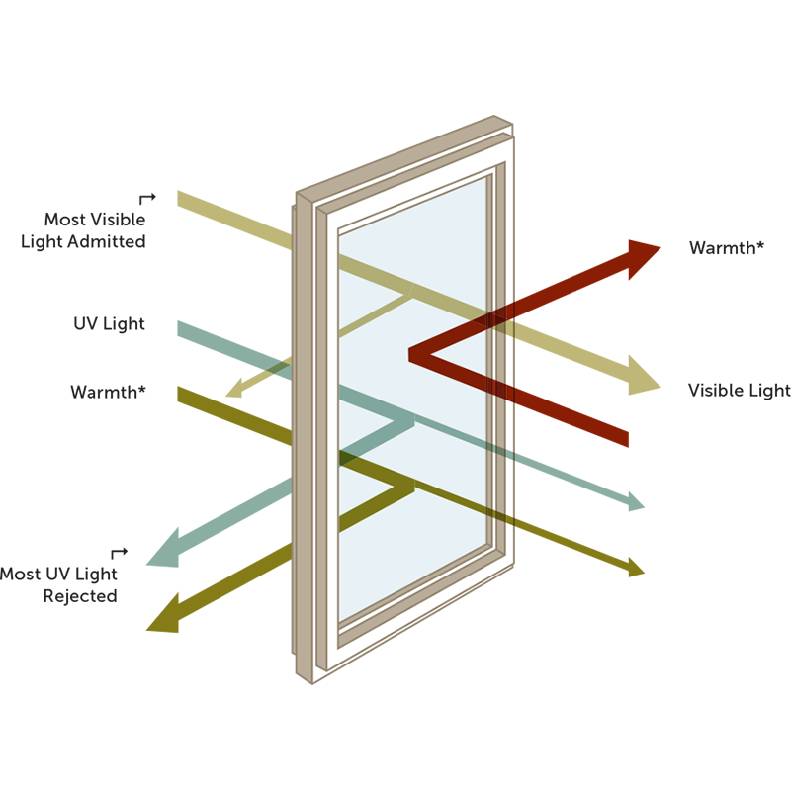

Extra Clear Float Glass A Versatile Solution for Modern Architecture
Extra clear float glass, often referred to as low iron glass, has gained immense popularity in modern architecture and design due to its remarkable clarity and optical properties. This specialized glass is manufactured through a float glass process that involves a unique blend of silica, soda ash, limestone, and a reduction of iron content. The result is a product that boasts high transparency, minimizing the greenish tint commonly found in traditional glass.
One of the standout features of extra clear float glass is its unparalleled clarity. With a low iron oxide content, this type of glass offers up to 90% light transmittance, allowing for an exceptionally bright atmosphere in any space. This property makes it particularly desirable for architectural applications such as windows, curtain walls, and facades where visual aesthetics and natural lighting are paramount. In environments that prioritize transparency and openness, such as galleries, museums, and high-end retail spaces, extra clear float glass becomes an indispensable material.
In addition to its aesthetic advantages, extra clear float glass provides functional benefits that enhance its appeal. The glass can be treated to increase its strength and resistance to impacts, making it suitable for various applications including tempered or laminated glass products. These enhanced versions are perfect for safety and security needs, as they offer greater durability without compromising optical clarity. Furthermore, extra clear float glass can be easily processed and customized, allowing architects and designers to create unique shapes and sizes tailored to specific project requirements.

Sustainability is another critical consideration in modern architecture, and extra clear float glass supports eco-friendly building practices. Its high light transmittance translates to better energy efficiency, as buildings require less artificial lighting during the day. Moreover, when used in conjunction with advanced insulation and low-emissivity coatings, this glass can significantly contribute to energy conservation, reducing overall heating and cooling demands. These qualities make it an attractive choice for LEED (Leadership in Energy and Environmental Design) certified projects.
The versatility of extra clear float glass is further highlighted in its range of applications. It can be used in residential, commercial, and industrial settings alike, finding roles in everything from shower enclosures and glass railings to balustrades and skylights. In the realm of interior design, the glass is favored for its ability to create seamless transitions between indoor and outdoor spaces, enhancing the overall flow and connectivity of living areas.
Furthermore, technologies such as digital printing and glass coating have modernized how extra clear float glass can be used. Artists and designers now have the ability to print intricate designs directly onto the glass surface, offering endless possibilities for personalization and creativity. Coatings can also provide additional benefits like UV protection or anti-reflective properties, further expanding the functional capabilities of this glass type.
In conclusion, extra clear float glass is not only a visually stunning material but also a highly functional and versatile choice for contemporary architectural and design projects. Its exceptional clarity, durability, and energy-efficient properties make it a favorite among architects and builders aiming to create spaces that are as beautiful as they are sustainable. As the industry continues to innovate, extra clear float glass will undoubtedly play a crucial role in shaping the future of modern architecture, bringing light and openness to structures around the world. As designers push the boundaries of what is possible, extra clear float glass stands as a testament to the marriage of form and function in the built environment.